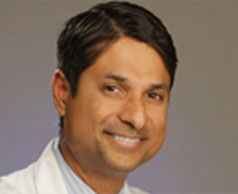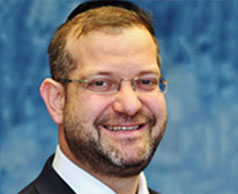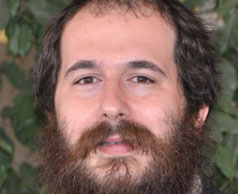Services
Echocardiography
 Echocardiography uses an echocardiogram (ultrasound of the heart) to assess the functioning and health of the the heart by creating images out of sound waves. In addition to detecting many other heart problems, echocardiograms can diagnose specific heart conditions; determine if heart abnormalities exist; and evaluate the effectiveness of procedures that have been performed on the heart. There are five basic types of echocardiograms: transthoracic (TTE); transesophageal (TEE); stress; Dobutamine stress; and intravascular ultrasound.
Echocardiography uses an echocardiogram (ultrasound of the heart) to assess the functioning and health of the the heart by creating images out of sound waves. In addition to detecting many other heart problems, echocardiograms can diagnose specific heart conditions; determine if heart abnormalities exist; and evaluate the effectiveness of procedures that have been performed on the heart. There are five basic types of echocardiograms: transthoracic (TTE); transesophageal (TEE); stress; Dobutamine stress; and intravascular ultrasound.
Types of Echocardiography
The most common type of echocardiogram is TTE, which is painless and noninvasive. A transducer that emits high-frequency sound waves is placed on the patient's chest; when the sound waves bounce back to the transducer, they are interpreted by a computer and the results are shown on a monitor.
If more definitive images are needed, TEE may be performed. During TEE, the patient's throat is numbed with anesthetic, and a small transducer is guided through a thin, flexible tube that has been run through the patient's mouth into the esophagus, which connects the mouth to the stomach. Because the esophagus is located close to the heart, and there is no interference from the lungs or chest, the images produced are clearer and more detailed than those from TTE. A patient is advised not to eat for a number of hours prior to TEE.
For a stress echocardiogram, the patient exercises on a treadmill or stationary bicycle. The echocardiogram is performed both before and after the exercise. The advantage of this test is that it can show if there is a problem with blood flow, which is not always detected by other types of echocardiograms. A Dobutamine stress echocardiogram works on the same principle, but the heart rate is raised by the patient's taking a drug (dobutamine) rather than exercising.
Intravascular ultrasound is performed on patients undergoing cardiac catheterization, a procedure that checks the arteries of the heart. For a detailed view of blockages, a transducer is threaded through the catheter and into the blood vessels of the heart.
Echocardiography can also incorporate technology that produces three-dimensional images of the heart.
Risks of Echocardiography
Radiation is not used in echocardiography, and risks are generally minimal. It is possible that, during TEE, the tube will scrape the throat, causing soreness. During stress and Dobutamine echocardiograms, the exercise can cause irregular heartbeats but, because patients are under medical supervision, complications are rare.
EECP
Enhanced External Counter Pulsation therapy is a noninvasive procedure performed in the office during which inflatable cuffs are attached to the legs which are then repetitively inflated and deflated in coordination with the heartrate. It is indicated in patients who suffer from symptoms from blocked blood vessels to the heart (i.e., coronary artery disease) and helps many patients to improve their symptoms and gain more energy.
Electrical Cardioversion
Cardioversion is a medical procedure used to treat irregular heart rhythm, a condition also known as arrhythmia. Arrhythmia can prevent the heart from pumping enough blood to the rest of the body and eventually lead to a stroke, heart attack or cardiac arrest. Cardioversion helps restore a normal heartbeat through a noninvasive procedure.
Medication alone is usually not enough to correct arrhythmia. With cardioversion, electric shocks are sent to the heart to stop the abnormal rhythm and restart a normal one. This is done while the patient is under sedation, and is usually performed on an outpatient basis. Most people can go home after the sedative wears off.
After cardioversion treatment, most patients experience a corrected or less abnormal heartbeat, but may be required to take blood thinners and antiarrhythmic drugs to help maintain the new rhythm. Some patients may see their condition worsen after cardioversion, and others can experience stroke or clotting, although these complications are rare.
Contact Us
Interested in learning more about how our services can help you?
.png)










